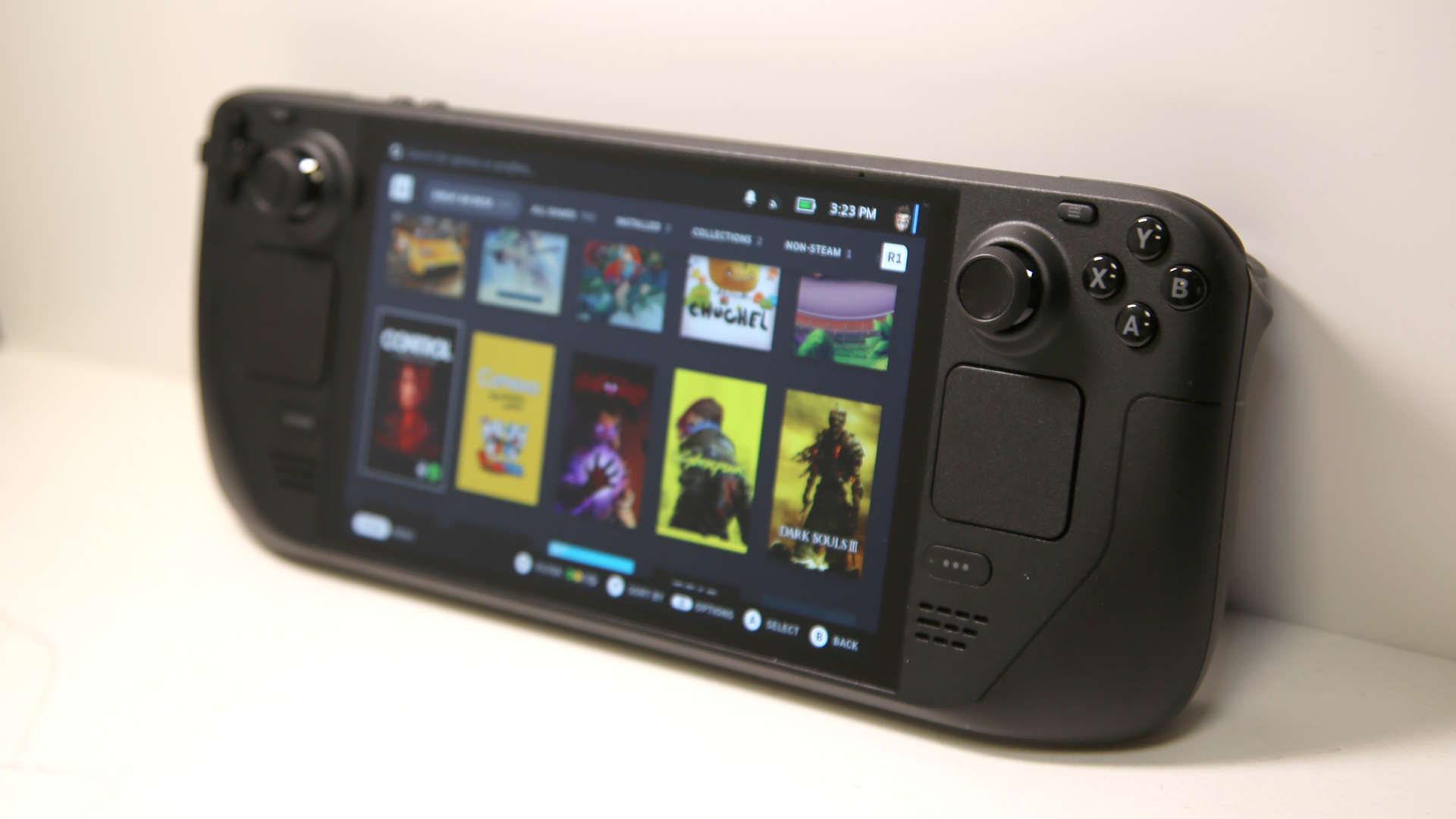Valve continues to improve the gaming performance of Linux open source drivers for AMD GPUs, as part of the Mesa project
The Steam Deck will obviously benefit from the work but so to can anyone using a Linux+Radeon combination.

Mesa is a long-running project that started life as an open-source driver, bringing the OpenGL graphics API to a host of different platforms. Today, developers from AMD, Google, Intel, and others all take part. One of the most well-known Mesa drivers is RADV: A Vulkan-based driver specifically for AMD's GPUs running on a Linux operating system. A recent update to them, created by Valve's developers, has added a neat little performance boost for any device using them.
Naturally, what's been done is all very complicated, but it comes down to this: Drivers for graphics cards contain a program called a compiler that converts shader programs that a game or application has issued into a binary format that the GPU can then run.
AMD's Linux driver for its Radeon graphics chip has its own compiler (known as LLVM) but RADV uses one that Valve created, called ACO (literally Amd COmpiler).
And it's this that has been given a vital update by software developers within the Steam Deck team, as reported by Phoronix. The tweaks to the compiler have resulted in a reduction in the number of instructions the GPU has to process for the same outcome, helping to decrease the overall code size and boosting runtime performance.
According to Phoronix, some people have experienced performance gains in games like Cyberpunk 2077 by as much as 14%. It's not clear under what circumstances such an increase was seen but even if it's only a small percentage gain for the most part, it's still a completely free uplift.
Why would Valve be involved in all of this? It's all down to the Steam Deck, as the software that runs it (SteamOS) is Linux-based and uses the RADV driver for the integrated GPU inside the AMD custom processor that powers the handheld PC. Valve's contributions to the Mesa project don't just benefit itself, as anyone can download the driver and use it on their own PC.

Steam Deck OLED review: Our verdict on Valve's handheld.
Best Steam Deck accessories: Get decked out.
Steam Deck battery life: What's the real battery life?
Best handheld gaming PC: What's the best travel buddy?
Given that all this work is entirely open-source, AMD's graphics developers will be able to view the changes and possibly implement some of them into their compiler. Or perhaps not, as the consensus is that ACO is better than LLVM, though it is specifically designed to work in RADV and not directly with AMD's own Linux drivers.
Keep up to date with the most important stories and the best deals, as picked by the PC Gamer team.
Shader compilers in GPU drivers are put under a lot of stress in today's uber-graphics games so any improvements, no matter how small they are, are going to be well received. Making them better is not a trivial thing and Valve deserves plenty of hat-tipping for its work in this area.
If you own a Steam Deck, just make sure you keep the software and drivers as up-to-date as possible, if you want to join the compiler performance party.

Nick, gaming, and computers all first met in 1981, with the love affair starting on a Sinclair ZX81 in kit form and a book on ZX Basic. He ended up becoming a physics and IT teacher, but by the late 1990s decided it was time to cut his teeth writing for a long defunct UK tech site. He went on to do the same at Madonion, helping to write the help files for 3DMark and PCMark. After a short stint working at Beyond3D.com, Nick joined Futuremark (MadOnion rebranded) full-time, as editor-in-chief for its gaming and hardware section, YouGamers. After the site shutdown, he became an engineering and computing lecturer for many years, but missed the writing bug. Cue four years at TechSpot.com and over 100 long articles on anything and everything. He freely admits to being far too obsessed with GPUs and open world grindy RPGs, but who isn't these days?

